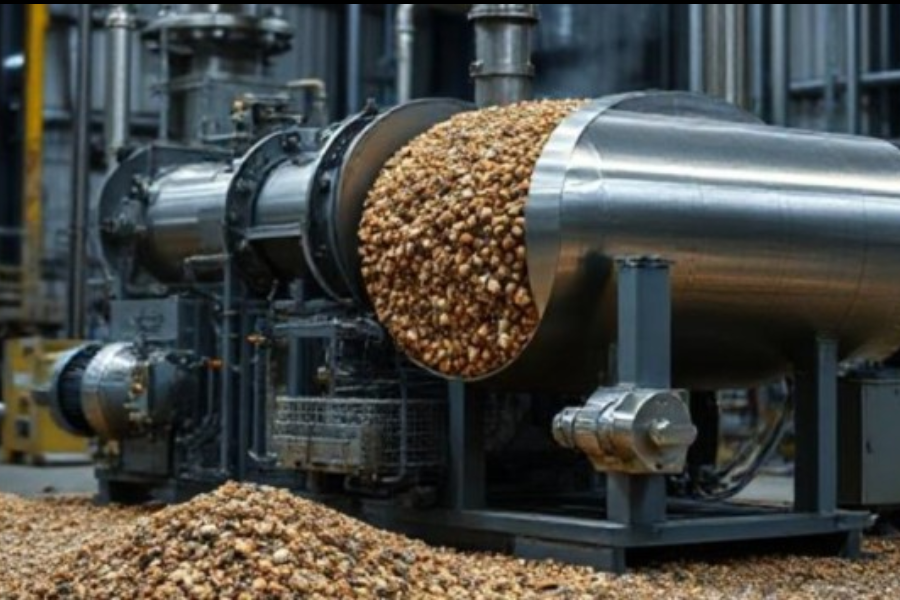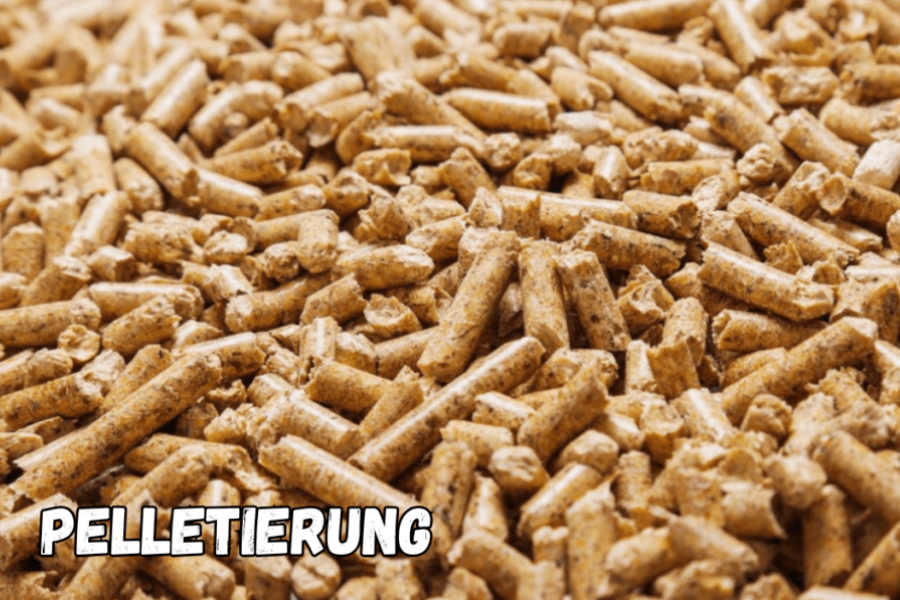The Ultimate Guide to Pelletierung: Everything You Need to Know
Introduction
Pelletierung might seem like a technical process, but it plays a vital role in various industries, from agriculture to energy production. Whether you’re heating your home with biomass pellets or feeding livestock with nutrient-rich pellets, this technique transforms raw materials into compact, efficient, and usable forms.
In today’s world, where sustainability and efficiency are top priorities, understanding pelletierung is more important than ever. This guide delves deep into its history, advantages, materials used, and future innovations, helping you grasp the significance of this transformative process.
What is Pelletierung?
The process of compressing raw materials into uniformly small pellets is called pelletierung. These pellets are easy to transport, store, and use across multiple industries. The process typically involves applying heat and pressure to finely ground materials, binding them into solid, cylindrical shapes.
Industries such as agriculture, energy, and pharmaceuticals rely on pelletization for enhanced efficiency and usability. By converting bulky materials into compact pellets, businesses can optimize space, reduce waste, and improve overall production quality.
The Evolution of Pelletierung
The concept of pelletizing has been around since the mid-20th century. Initially, it was developed to improve material handling and reduce transportation costs.
- 1950s-1970s: The agricultural sector started using pelletized feed to enhance nutrition for livestock.
- 1980s-1990s: Advances in technology led to better binding agents, resulting in more durable and efficient pellets.
- 2000s-Present: Pelletization became crucial for renewable energy, waste recycling, and even pharmaceutical applications.
Today, pelletierung is recognized as a key component in sustainability efforts, particularly in bioenergy and environmental conservation.
Advantages of Pelletierung
Pelletization offers numerous benefits that make it indispensable across industries:
- Improved Handling & Storage: Pellets take up less space and are easier to transport compared to raw materials.
- Enhanced Efficiency: Compact pellets improve combustion properties, ensuring optimal energy output.
- Reduced Waste: By converting by-products into valuable pellets, industries can minimize environmental impact.
- Consistent Quality: Uniform size and shape contribute to better product quality and regulatory compliance.
- Economic Benefits: Reduced logistics costs and increased material efficiency lead to overall cost savings.
The Pelletization Process Explained
The pelletierung process follows a series of structured steps:
- Material Preparation: Raw materials are crushed into fine particles to facilitate easier binding.
- Conditioning: Moisture and heat are added to the material to improve binding properties.
- Compression: The mixture is forced through a pellet mill, shaping it into uniform pellets under high pressure.
- Cooling & Drying: The freshly formed pellets are cooled to enhance durability and prevent degradation.
- Quality Control & Packaging: Final checks ensure pellet consistency before they are packaged for distribution.
Materials Used in Pelletierung
A wide variety of raw materials can undergo pelletization, depending on the industry and intended use:
- Agricultural Waste: Straw, husks, and corn stover.
- Biomass: Wood chips, sawdust, and paper mill residues.
- Animal Feed: Alfalfa, soybean meal, and grains.
- Industrial Minerals: Chemicals, coal dust, and metal powders.
- Recycled Materials: Plastic, rubber, and organic waste.
The choice of material significantly influences the efficiency and quality of the final pellets.
Industries Utilizing Pelletierung
Pelletization is widely used across various sectors:
- Agriculture: Used for making livestock feed and organic fertilizers.
- Bioenergy: Wood pellets serve as an efficient and sustainable fuel source.
- Pharmaceuticals: Ensures controlled release of medications through pelletized drugs.
- Manufacturing: Creates uniform raw materials for plastic and metal production.
- Food Processing: Produces pelletized ingredients and snacks.
Future Trends and Innovations in Pelletierung
The field of pelletization continues to evolve with advancements in technology:
- Smart Manufacturing: AI and automation are optimizing pellet quality and consistency.
- Sustainable Materials: The shift toward biodegradable binders is reducing environmental impact.
- Energy-Efficient Processes: Innovations are lowering energy consumption and enhancing output efficiency.
- Waste Recycling: More industries are exploring pelletization for sustainable waste management.
- Biofuel Expansion: The demand for biomass pellets is growing as an alternative to fossil fuels.
Challenges and Solutions in Pelletization
Despite its advantages, pelletierung comes with some challenges:
- Raw Material Variability: Fluctuations in input materials can affect pellet quality. Solution: Implementing strict quality control measures.
- High Energy Costs: The process consumes significant energy. Solution: Investing in energy-efficient machinery.
- Regulatory Compliance: Industries must adhere to strict environmental laws. Solution: Staying updated on regulations and using eco-friendly practices.
Conclusion
Pelletierung is more than just a manufacturing process—it’s a game-changer across industries. With benefits such as increased efficiency, waste reduction, and improved sustainability, it’s no wonder that pelletization is becoming increasingly essential in today’s world.
As technology advances and industries shift toward greener solutions, the future of pelletization looks brighter than ever. Businesses that embrace these innovations will be well-positioned for long-term success in a rapidly evolving market.
FAQs:
Q1: What industries benefit the most from pelletierung?
A1: Industries such as agriculture, bioenergy, pharmaceuticals, and manufacturing significantly benefit from pelletization due to its efficiency and cost-effectiveness.
Q2: How does pelletization improve fuel efficiency?
A2: Pelletized fuel burns more evenly and efficiently, producing more heat with fewer emissions compared to raw biomass.
Q3: Can all materials be pelletized?
A3: Not all materials are suitable for pelletization. Materials need to have proper binding properties and moisture levels for successful pellet formation.
Q4: What are the environmental benefits of pelletierung?
A4: Pelletization reduces waste, enhances energy efficiency, and promotes sustainable resource utilization, making it an eco-friendly process.
Q5: How can businesses optimize their pellet production process?
A5: Investing in advanced pellet mills, using high-quality raw materials, and implementing strict quality control measures can significantly optimize production.
Keep an eye for more news and updates theVerge!







